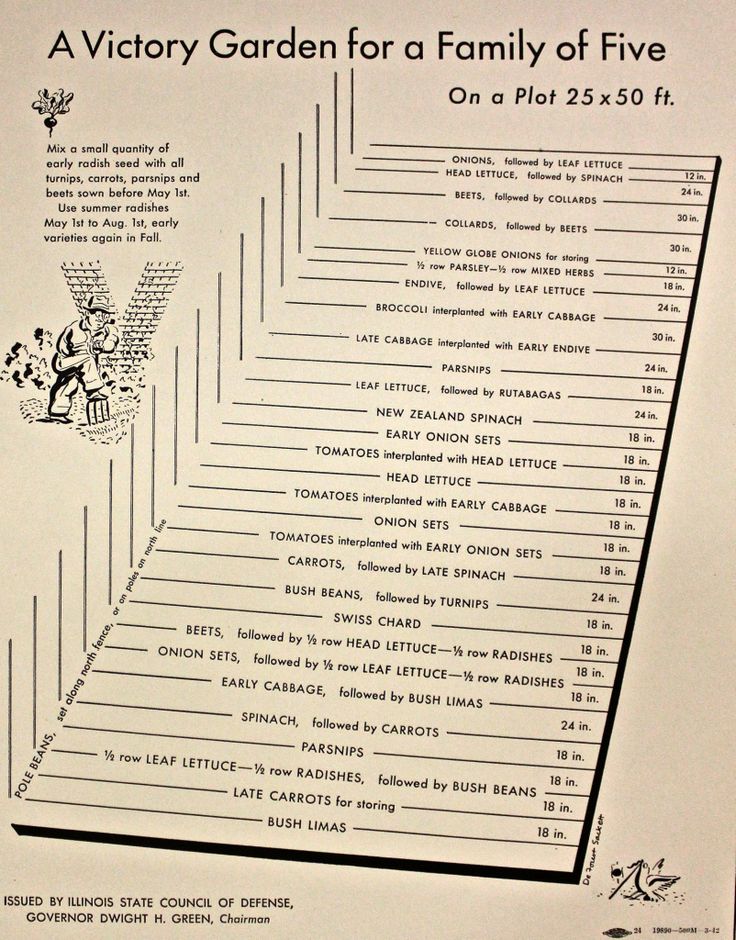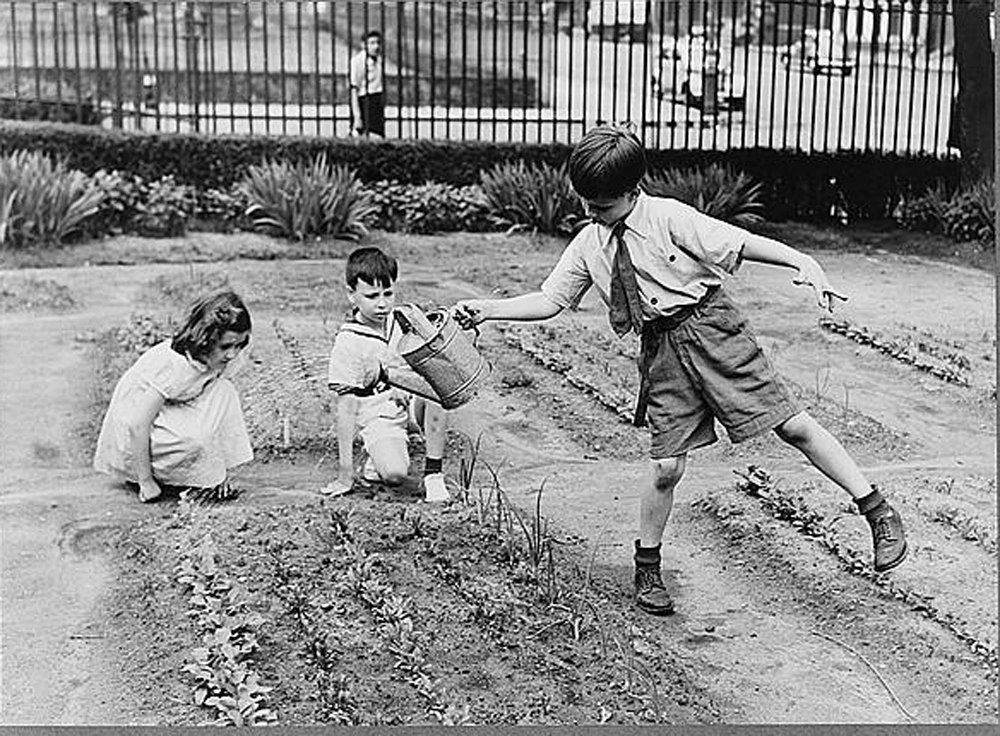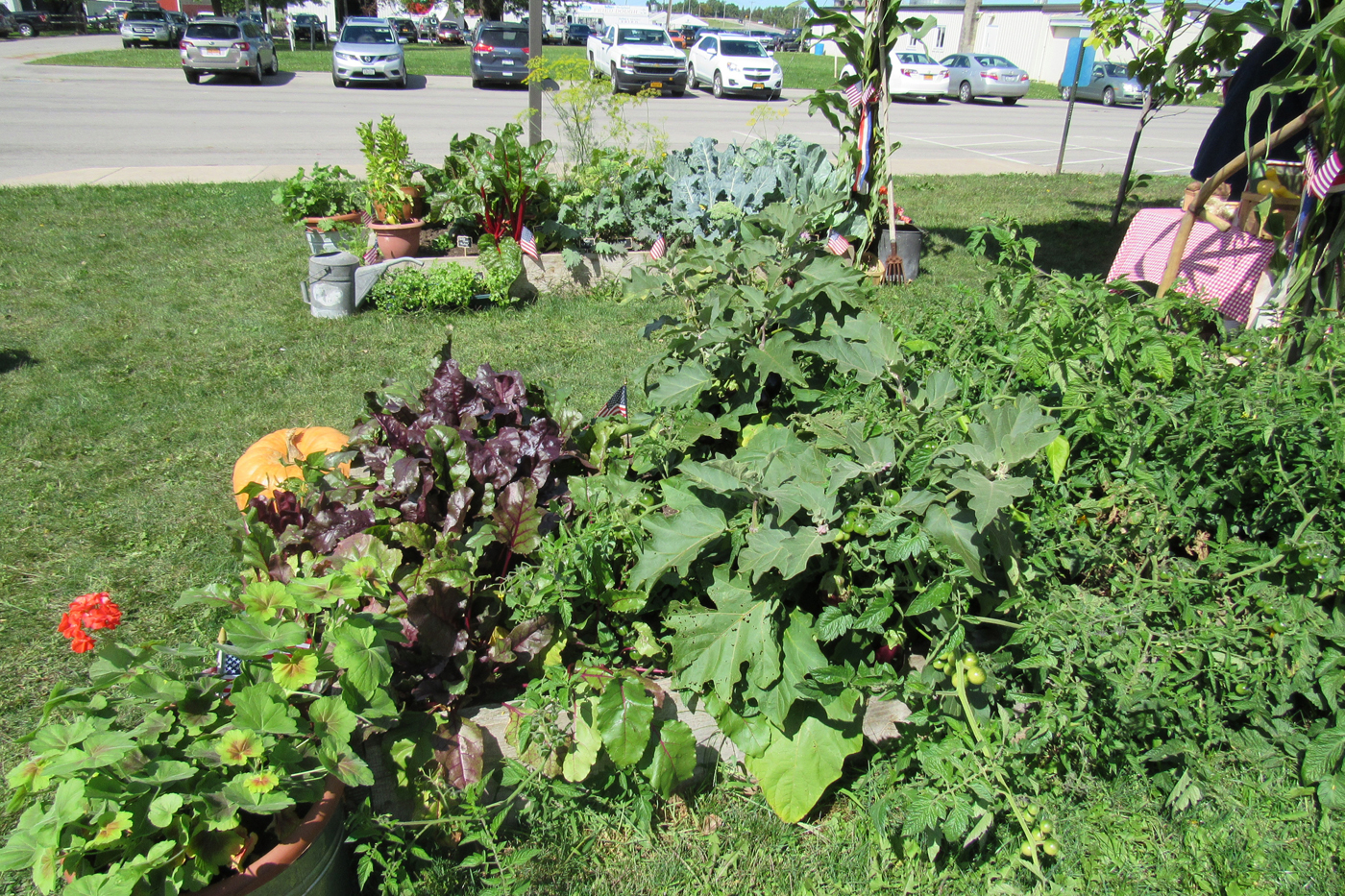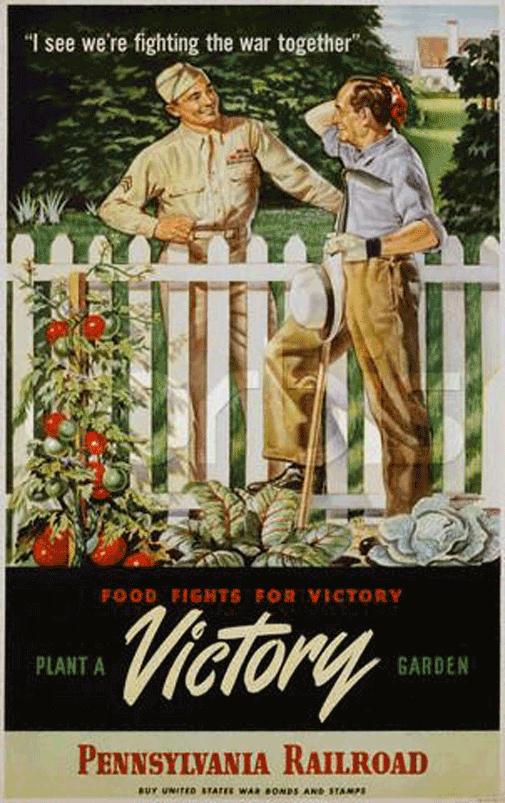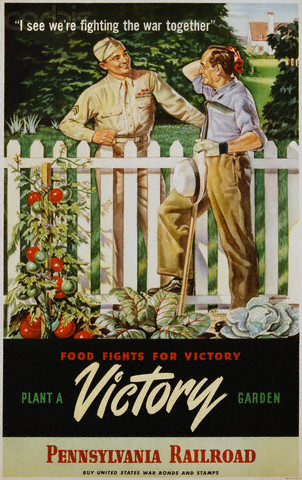Victory Gardens. Photo by Verdant Landscape Group, LLC Food rationing was a part of life during both world wars, so the government urged Americans to pitch in by tending home garden. Victory gardens were no minor effort.

Families were encouraged to can their own vegetables to save commercial canned goods for the troops.
At The Victory Garden Online you can find plant information, tools, tips and techniques for your own garden and landscape.
Not only did these efforts aid in the war effort but they were considered patriotic; people felt like they were contributing through their gardening, and. Victory gardens, also called war gardens or food gardens for defense, were vegetable, fruit, and herb gardens planted at private residences and public parks in the United States, United Kingdom, Canada, Australia and Germany during World War I and World War II. When it started to look like the US and its allies would win the war, the name of the gardens was changed to Victory Gardens.

